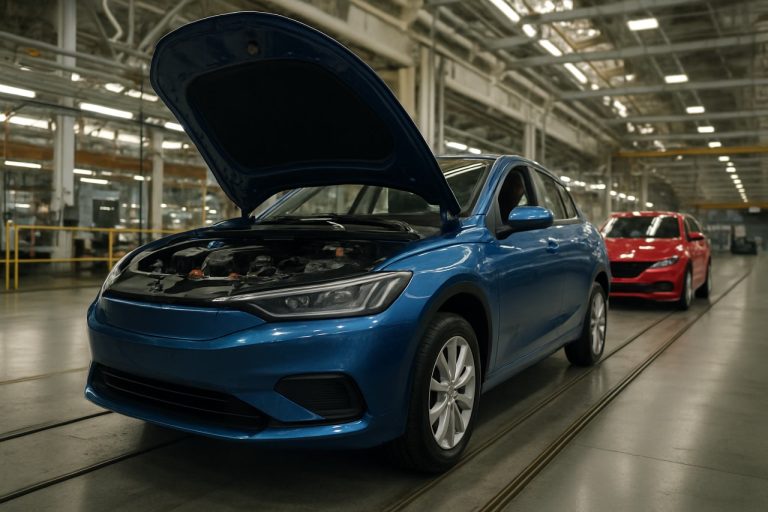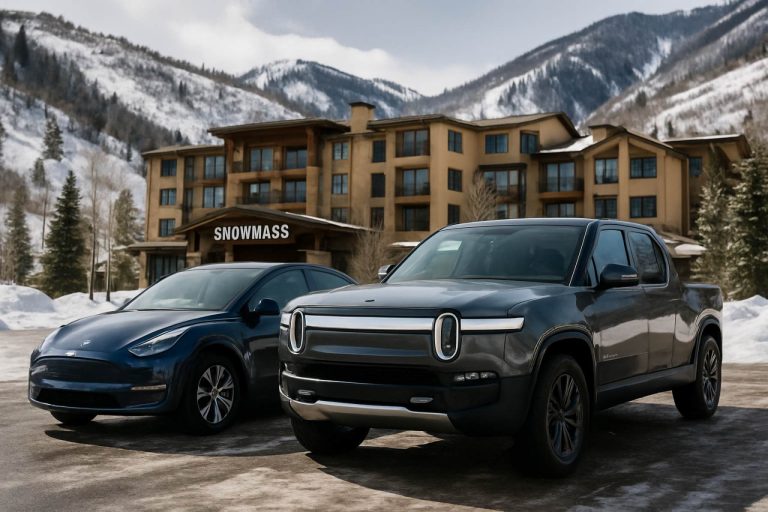
Cargo Ship Disaster in the North Pacific: 3,000 Vehicles Ablaze, 22 Crew Dramatically Rescued Amid EV Fire Fears
A North Pacific car carrier with 800 EVs caught fire, forcing a daring rescue and raising global concerns over maritime safety in 2025.
- 3,000 vehicles on board, including 800 electric vehicles
- 22 crew members evacuated safely—no injuries
- 300 miles southwest of Adak Island, Alaska
- Fire suppression systems failed to contain the blaze
A towering cargo ship blaze surged through the night sky 300 miles off Alaska, exposing mounting dangers in the global push toward electric vehicles (EVs). The vessel—identified as the Morning Midas, operated by Zodiac Maritime—was packed with thousands of cars bound from Yantai, China to Lazaro Cardenas, Mexico.
The chaos began when a wall of flames erupted near the stern—exactly where 800 electric vehicles were stored. Despite rapid activation of onboard fire suppression, the blaze overwhelmed efforts within minutes. The crew scrambled for safety, abandoning ship into a lifeboat as thick plumes of smoke billowed over the icy North Pacific.
Miraculously, all 22 crew members found rescue on a nearby merchant vessel, Cosco Hellas, which raced to answer the mayday. The rescue, swift and coordinated, brought all souls aboard safely to the nearest port—no casualties reported.
Why Are Electric Vehicles Sparking Maritime Safety Fears?
Transporting electric cars across oceans introduces new hazards: lithium-ion batteries can ignite quickly and burn fiercely, especially in tight cargo holds. Such fires are notoriously hard to control and can reignite hours—even days—later.
The Morning Midas disaster follows a deadly 2023 shipping fire near the Netherlands, where hundreds of EVs contributed to a week-long inferno. The pattern alarms international regulators, who now push for stricter protocols and advanced fire suppression systems on ships transporting EVs.
How Did the Rescue Unfold?
Quick-thinking crew triggered the vessel’s emergency systems before boarding their lifeboat. Within hours, the merchant ship Cosco Hellas arrived, guided by beacon and distress signals. The U.S. Coast Guard joined efforts, deploying aircraft and a crisis response vessel, while Zodiac Maritime sent tugboats for firefighting and salvage operations.
What Are the Environmental and Trade Implications?
With over 80% of global trade relying on ocean shipping, incidents like this threaten not just human life and cargo—but also sensitive marine ecosystems. Zodiac Maritime and U.S. authorities have launched investigations and cleanup, aiming to limit the environmental fallout.
Experts warn that as worldwide EV adoption surges, the maritime industry needs innovative safety measures. Enhanced detection systems, specialized crew training, and reinforced firefighting methods top the 2025 agenda.
How to Stay Informed and Protect the Supply Chain?
Stay updated with industry news via sources like CBT News and mainstream coverage on BBC or Reuters. Regulatory bodies and logistics leaders are rapidly reviewing best practices for car carrier safety and EV battery transport.
Take Action: Monitor the Future of Ocean Vehicle Transport
Checklist for Stakeholders & Readers:
- Follow developments from maritime authorities and U.S. Coast Guard
- Advocate for improved safety protocols and ship upgrades
- Keep an eye on logistics and trade disruption news
- Stay informed about EV technology and transport safety innovations
This incident is a stark reminder: with the EV wave surging, shipping safety must keep pace. Stay vigilant and demand safer seas.



